Author:

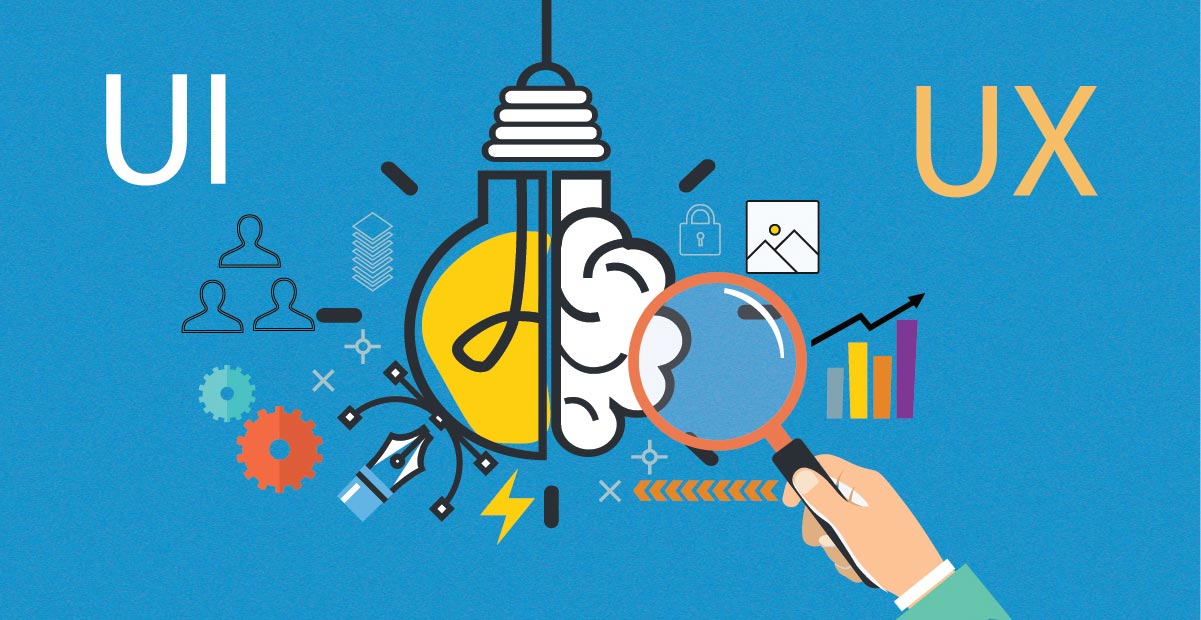
Did you know 88% of online consumers are less likely to return to a website after a bad experience?
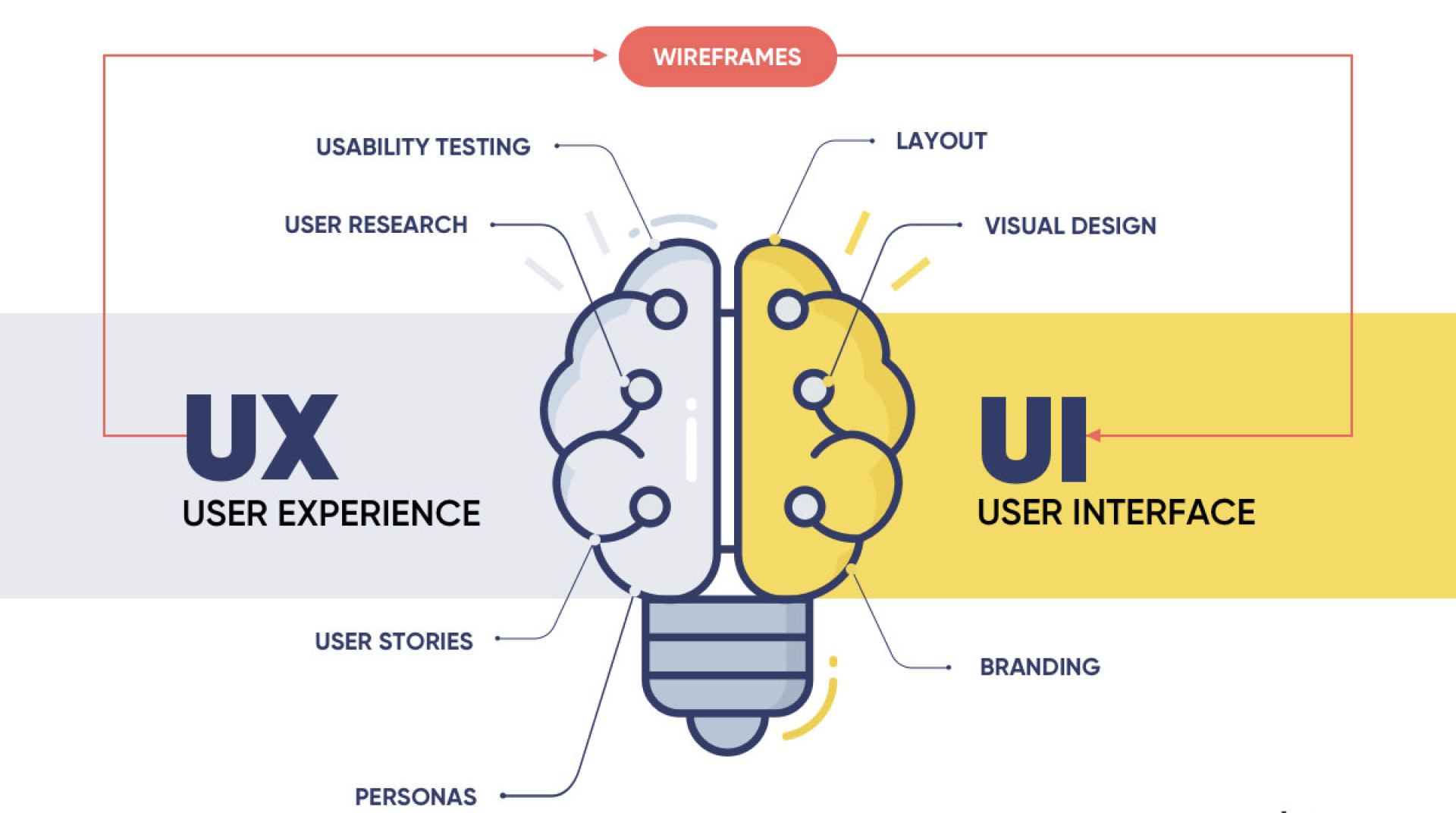
Imagine you’re designing a house. UX would be the foundation, while UI would be the paint and furniture.- Jonathan Widawski, CEO at Maze
UX design is the process of designing and improving the experience that users have with a product or service, with the goal of making it intuitive, efficient, and enjoyable to use.
User experience encompasses all aspects of the end-user’s interaction with the company, its
services, and its products.
– Don Norman, Cognitive Scientist & User Experience Architect
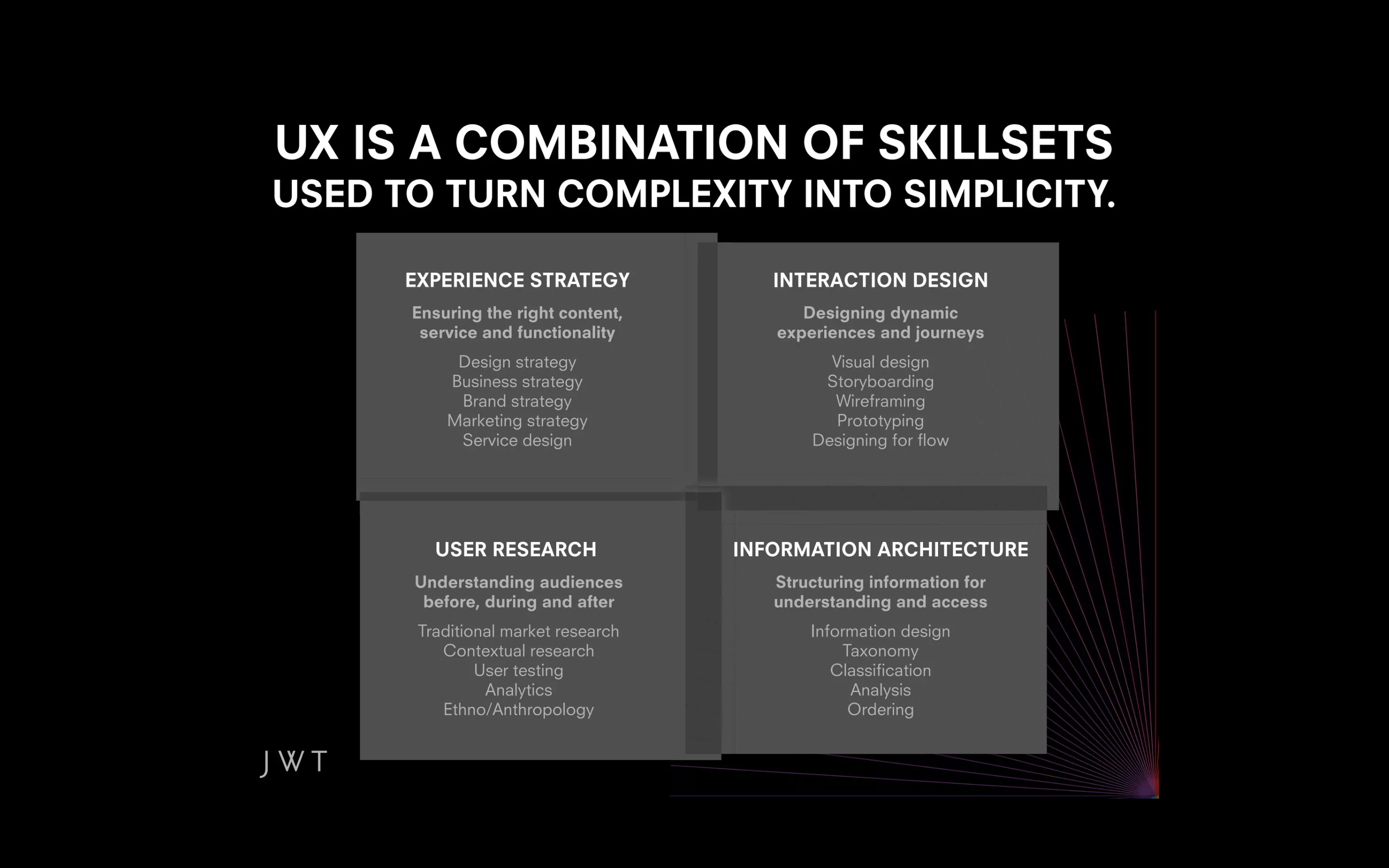
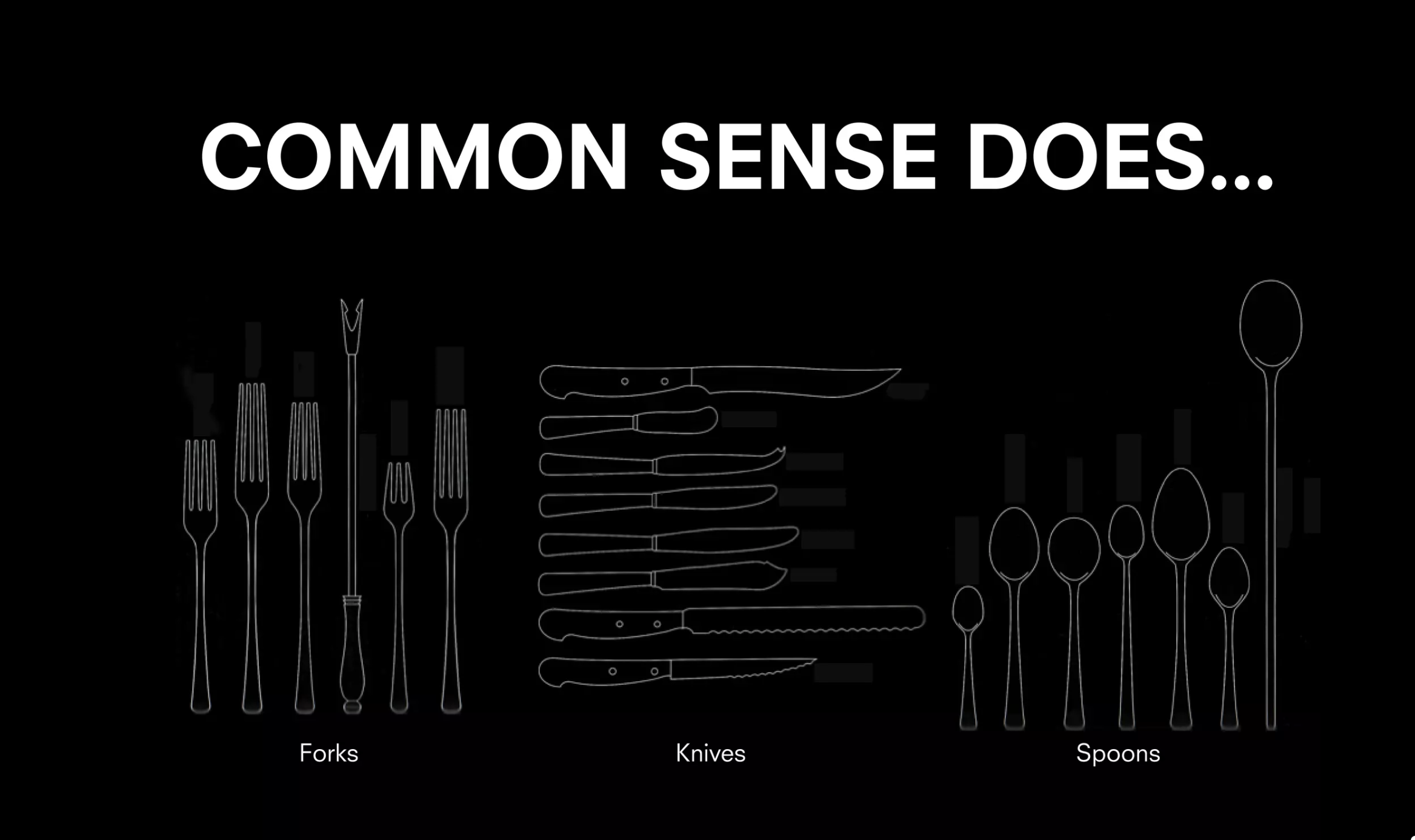
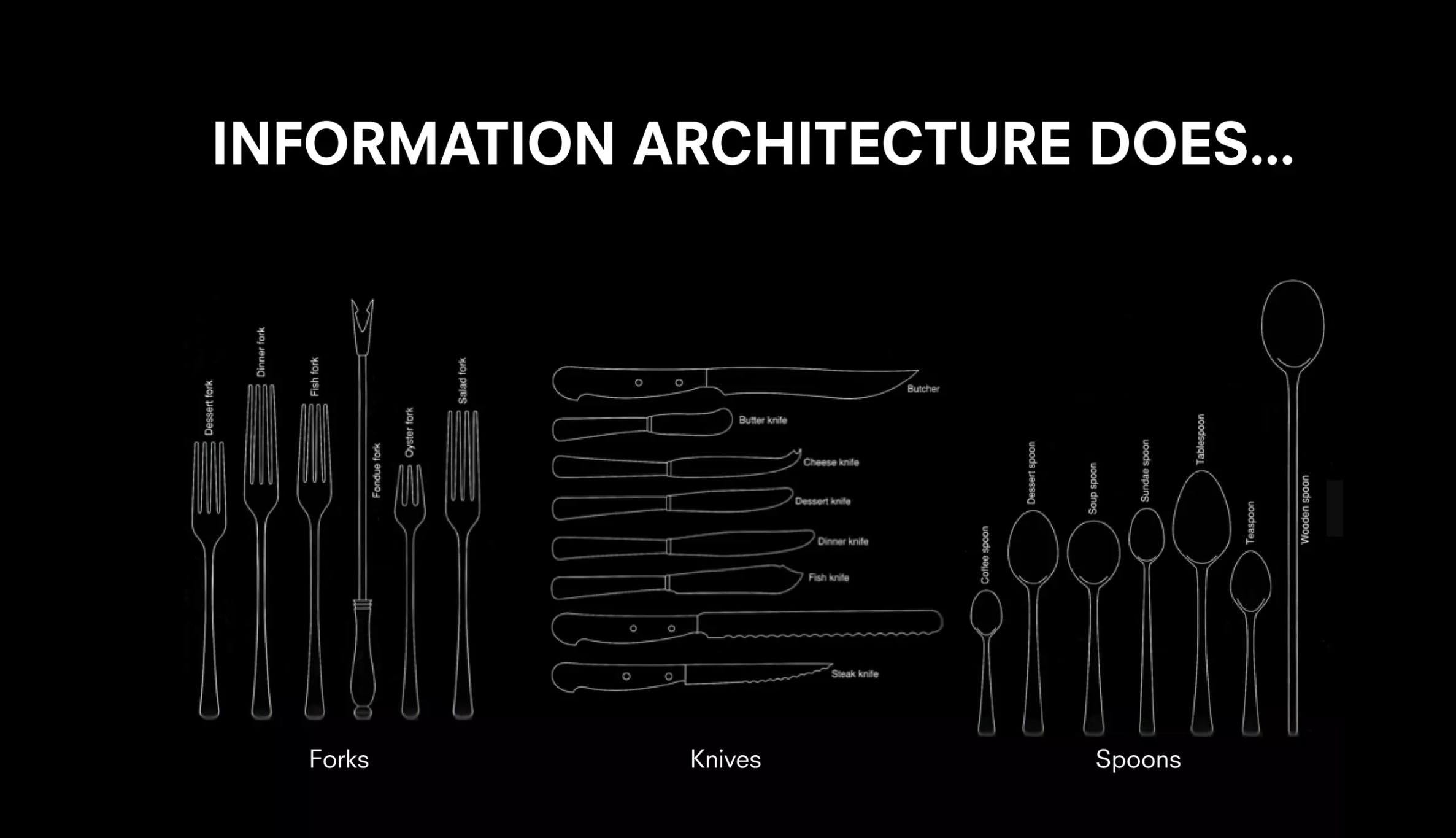
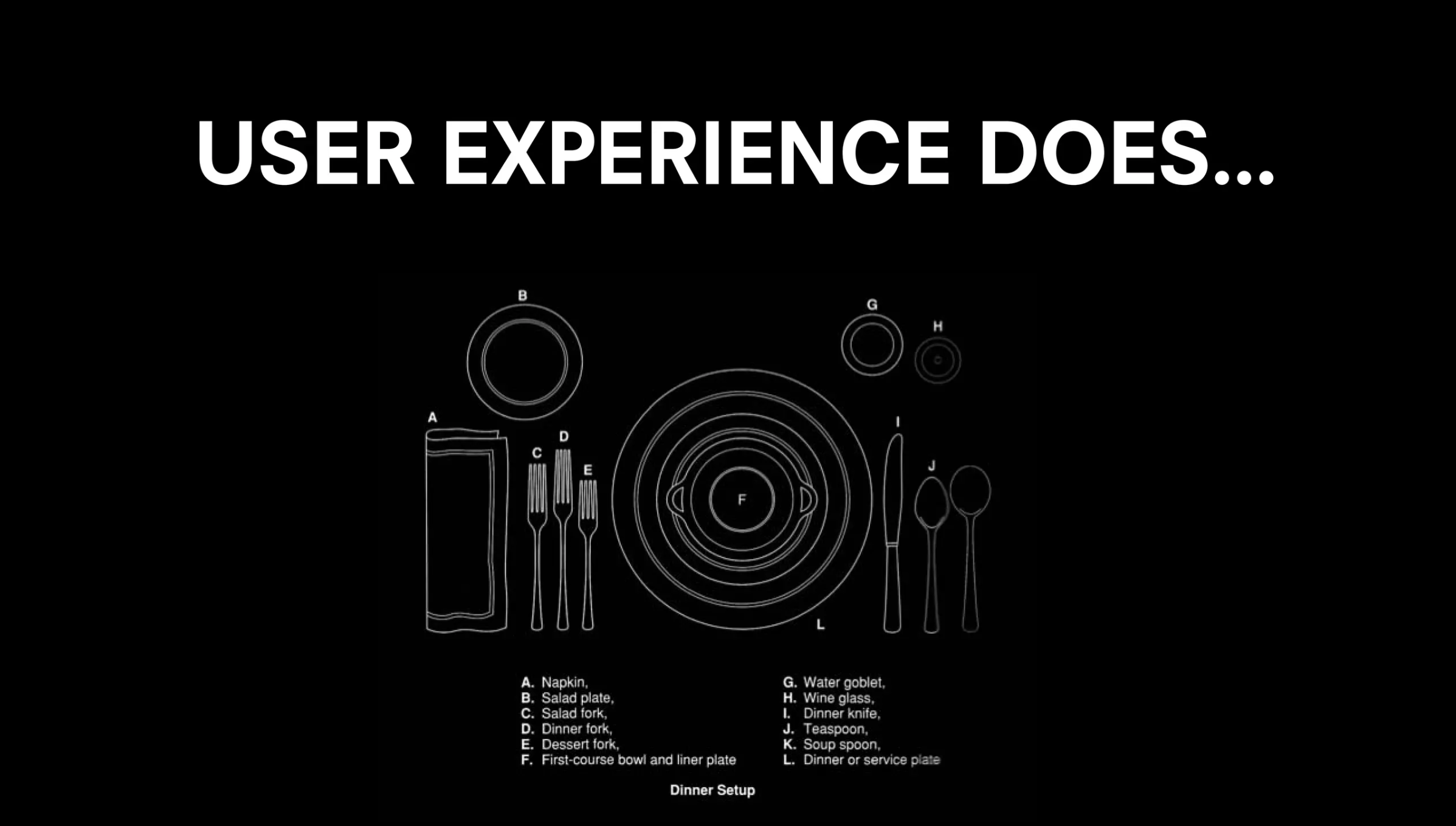

UI (User Interface) design is the process of designing the visual interface of digital products, such as websites, mobile apps, or software. The goal of UI design is to create an intuitive and aesthetically pleasing interface that enables users to interact with the product.
UI design often works in conjunction with UX design, where UX designers focus on the overall user experience, including user research, wireframing, prototyping, and usability testing. Both UI and UX design contribute to creating a successful and user-friendly digital product.
Ultimately, a well-executed UI design enhances the visual appeal, usability, and overall satisfaction of users interacting with a digital interface.
A design system in UI design is a comprehensive set of guidelines, components, and tools that provides a consistent and unified framework for designing and developing a digital product's user interface. Design systems are essential for maintaining visual and functional coherence across different screens, ensuring a seamless user experience, and streamlining the design and development process
Benefits of Design system
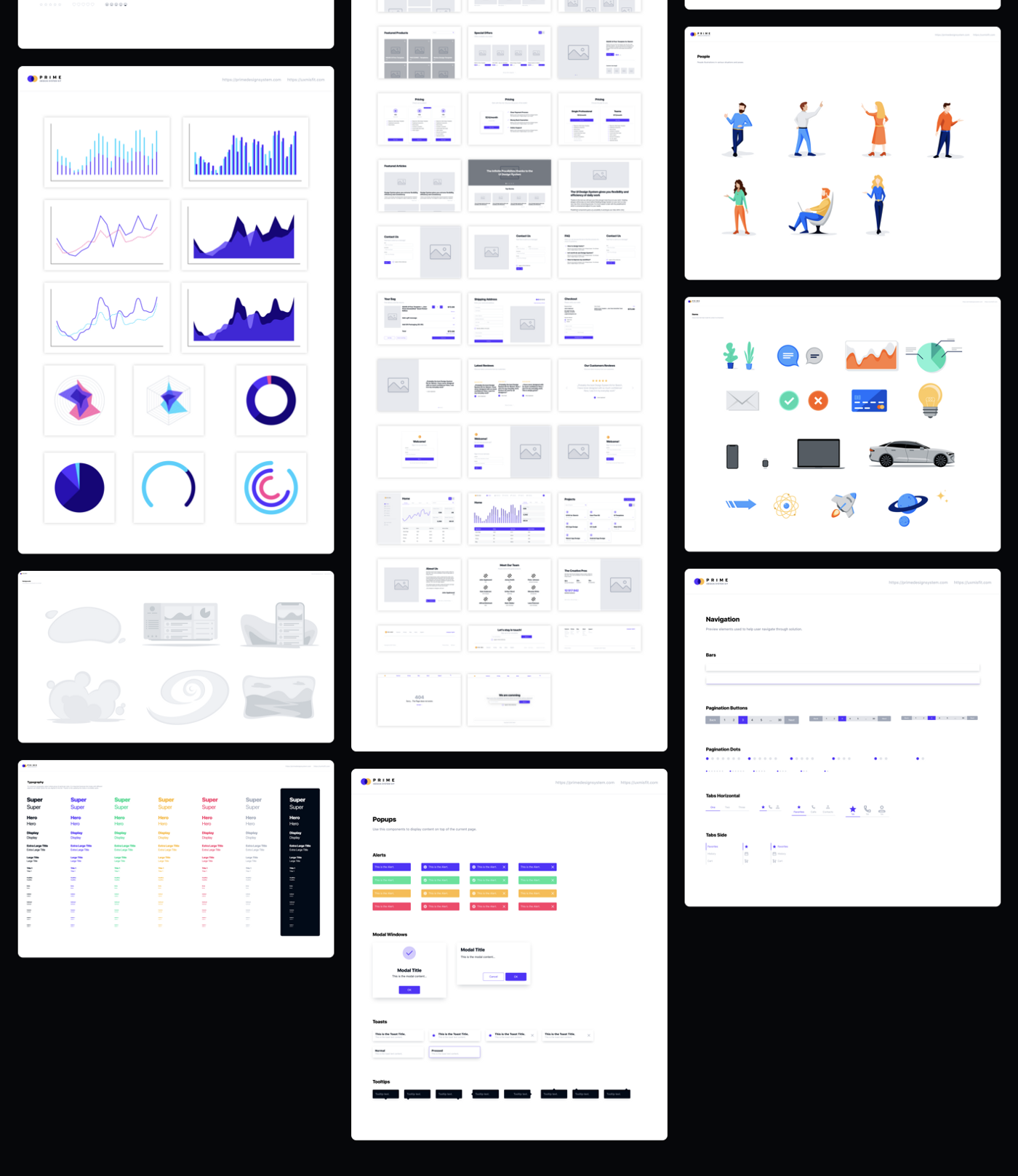
In summary, UX and UI design are interrelated but have different focuses and responsibilities within the design process. A successful digital product often requires a collaborative effort between UX and UI designers to ensure both a seamless user experience and visually pleasing interfaces.
The symbiotic relationship between UX/UI design and SEO optimization is a dynamic one, characterized by a delicate balance between aesthetics, functionality, and technical proficiency. At its core, this relationship embodies the fundamental principle that a website's usability and accessibility are not only key drivers of user satisfaction but also critical determinants of search engine rankings.
Our partners from the DesignRush took a deep dive into "SEO To Focus on Users, Not Search Engines in 2024". Within their article you’ll get an answers for: Why SEO now focuses on meeting users’ needs rather than optimizing for search engines?, How to measure the success of your SEO campaigns by its impact on ROI and Is 2024 expected to bring recovery and stability to digital businesses?
Author:
